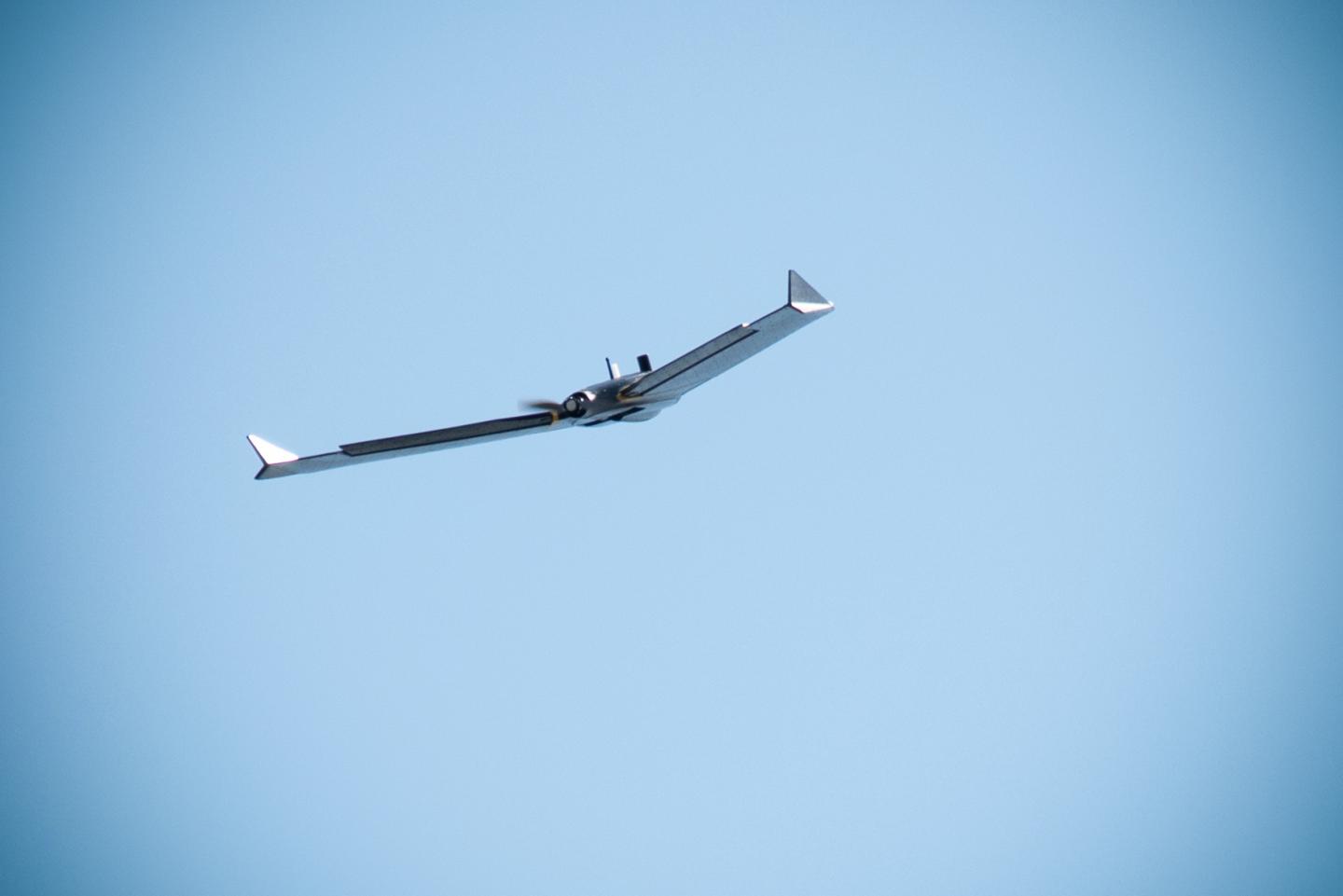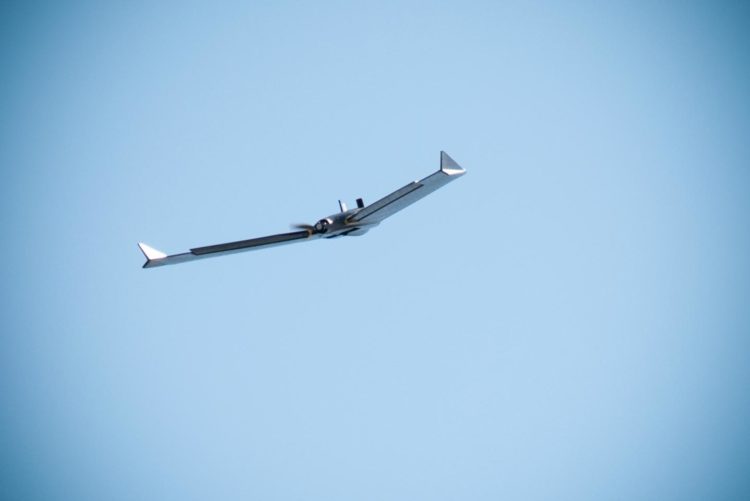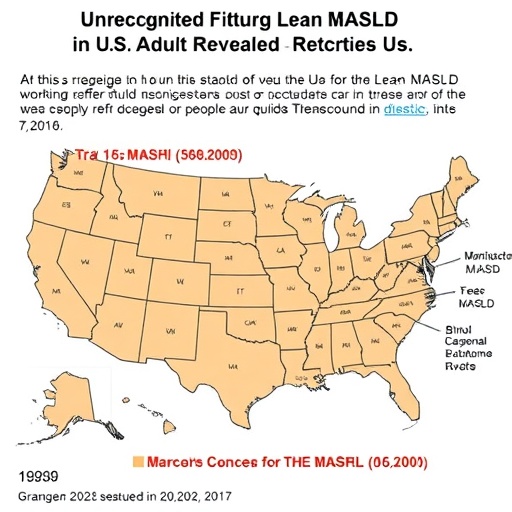Software-only solution creates maps in a matter of minutes, allowing locally collected video to be processed into immediately usable geospatial products that can be fed into other mapping applications like Google Earth, ArcGIS

Credit: Stephen Baack/Army
A scientist in Virginia has built software for the Army Corps of Engineers that turns streaming drone footage into 2D and 3D maps.
Dr. Richard ‘Ricky’ Massaro, from the Corps’ Geospatial Research Laboratory, designed a computational algorithm to convert full-motion videos from small drones into image files, extract the metadata, and produce accurate 2D and 3D geospatial images in real-time, according to the Army’s U.S. patent application published on Thursday.
The invention uses sophisticated photogrammetry — the science of making measurements from photographs and for recovering the exact positions of surface points — to build the images.
“It currently is not possible to produce accurate 3D models in real-time, on a consistent basis, because of limitations inherent in the frame selection process. Frame selection is [a] costly and time-consuming process that is currently performed by manually by human technicians, according to the new patent application.
The “system includes multiple virtual processing components which perform data parsing processes, metadata extraction processes, data interpolation processes and filtering processes using data collected from other virtual processing components.”
The invention has particular relevance for the U.S. military, which has an abundant supply of small drones and a need for accurate maps and models, but the technology has a strong potential to break into the commercial sector as well, where mapping markets for farmers, firefighters, local governments, and hunters are growing.
Business Opportunity
The Army’s software complements commercially available hardware (mast-mounted or airborne LiDAR systems) and software (RaptorX, Google Earth, ArcGIS) used for mapping.
In an early test of the technology with the 101st Airborne Division, video footage from a senseFly eBee drone was used to map a six-kilometer area that included a mock city at Fort Campbell, Kentucky. It was also deployed to Iraq and used for base defense and planning.
As the Department of Defense’s national partnership intermediary for technology transfer, TechLink is helping private companies evaluate the conversion system and negotiate mutually beneficial business agreements, such as a commercial evaluation license or patent license.
Quinton King, senior technology manager at TechLink, said that the invention has obvious advantages that make it prime for technology transfer.
“Whether it’s for soldiers or farmers, this tech delivers usable terrain and intelligence products fast,” King said. “And I’m happy to help companies learn how they can leverage Dr. Massaro’s work for their own products or applications.”
###
Media Contact
Troy Carter
[email protected]
406-994-7798
Original Source
https:/





